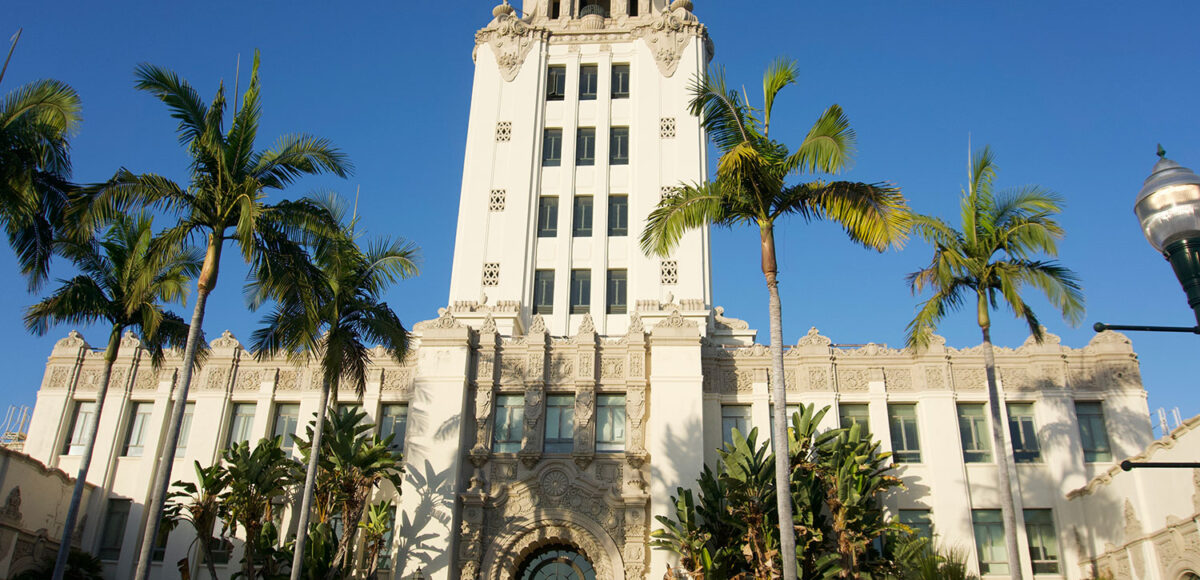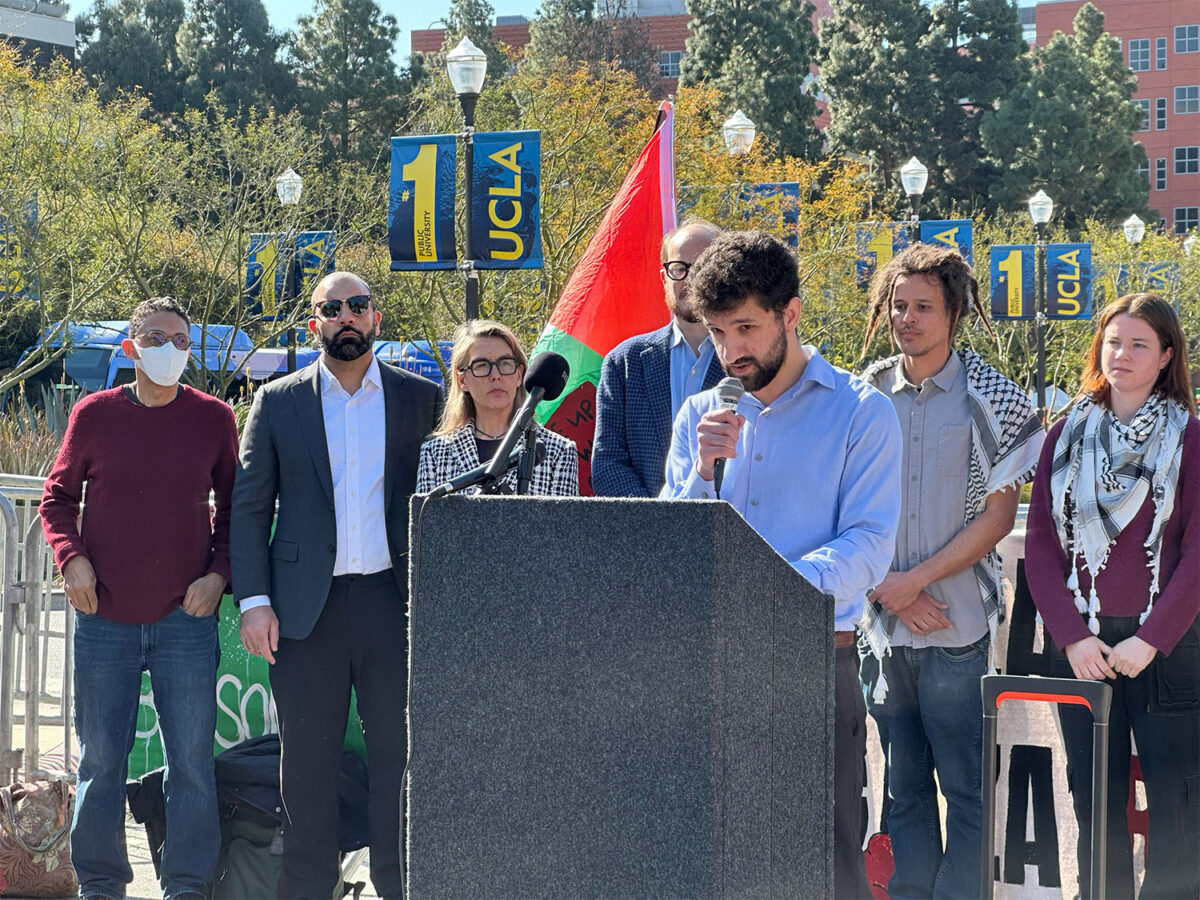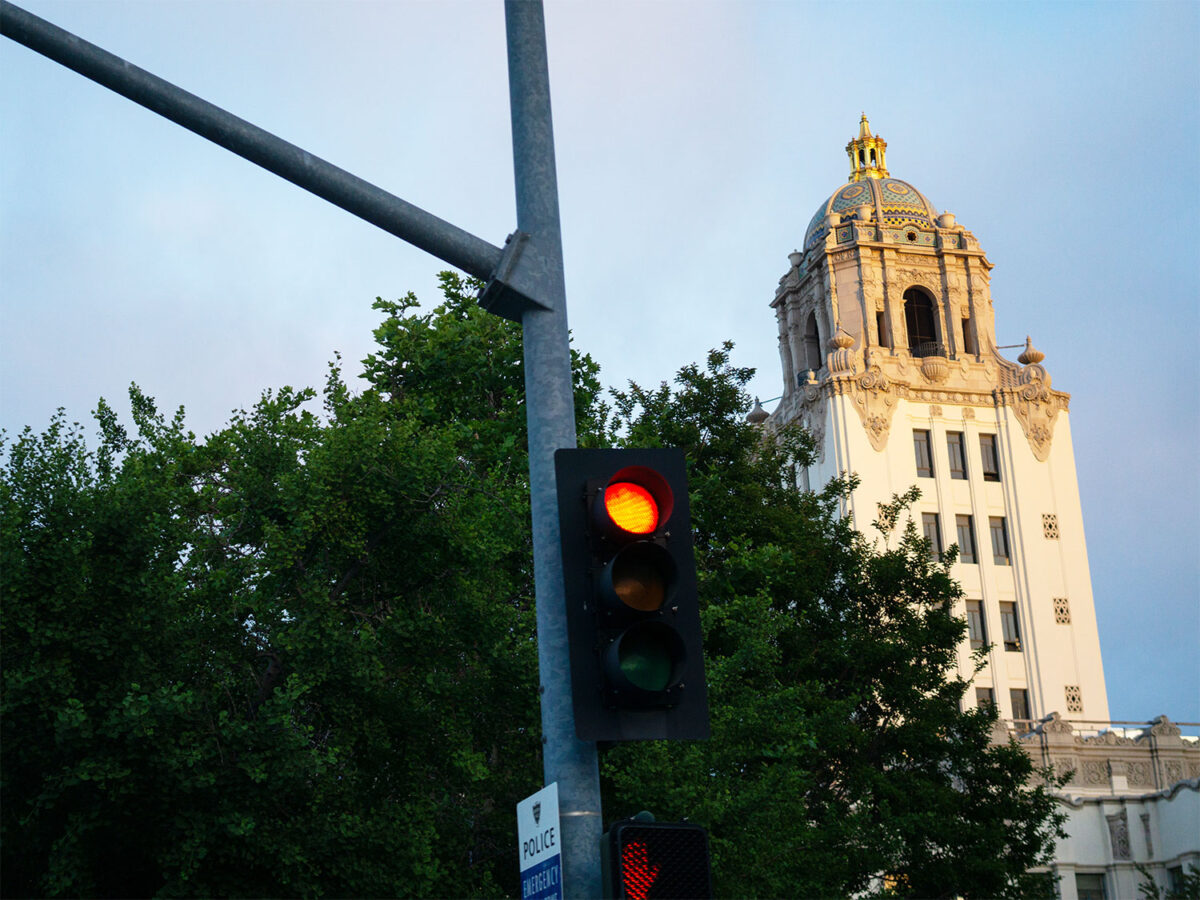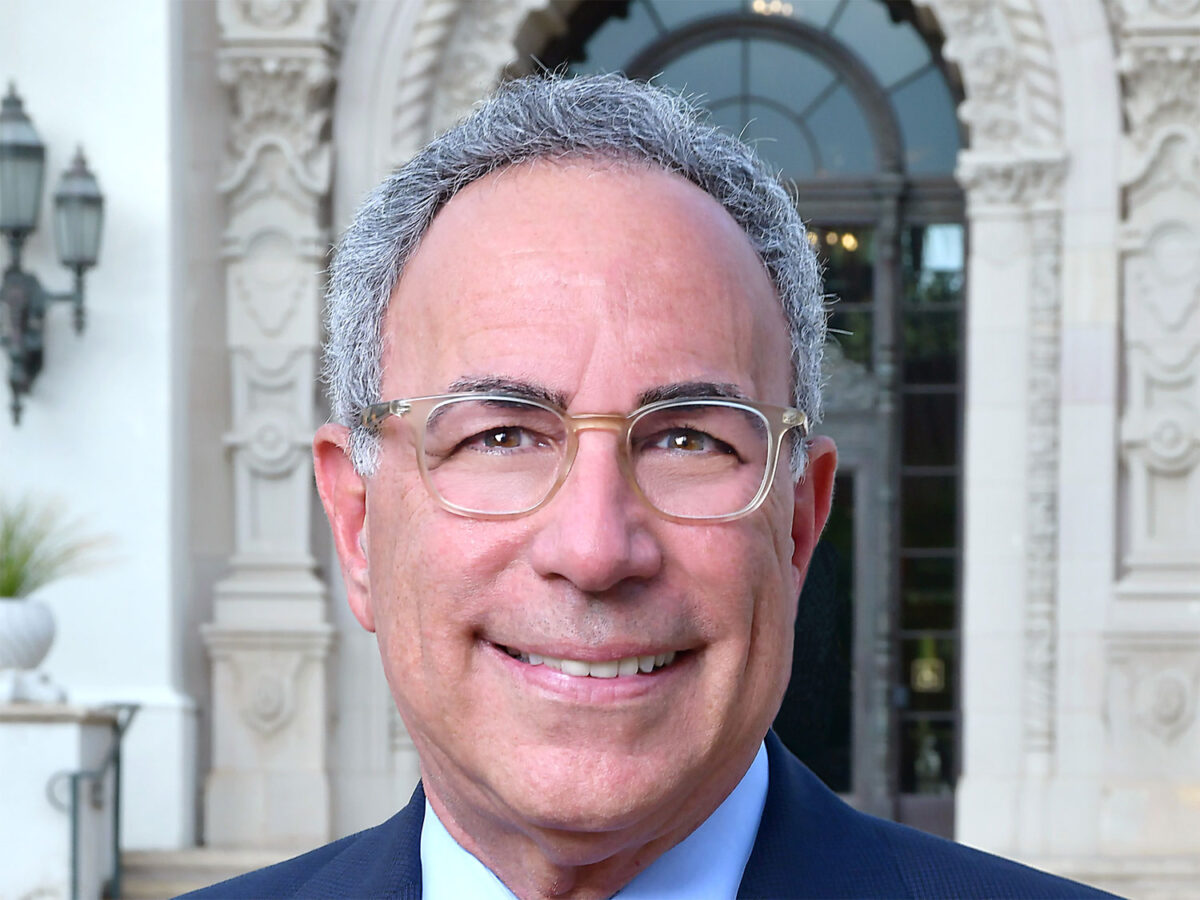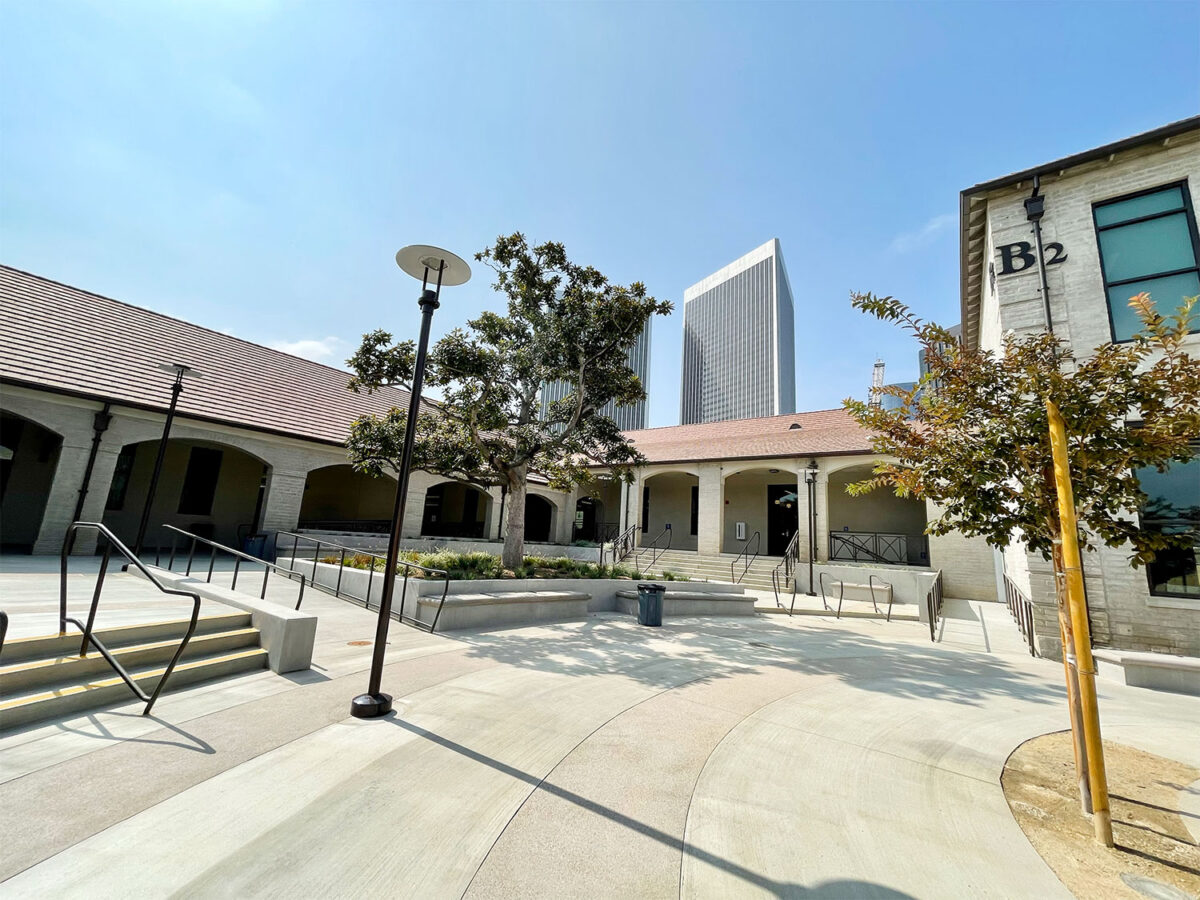On March 25, city officials held a Community Outreach Meeting to meet with residents and gather feedback on how Mixed-Use Overlay Zone (MUOZ) regulations can be updated. The meeting was primarily a discussion that included potential changes in city regulations to further encourage development in the MUOZ. It also included discussions of adaptive reuse, which is the conversion of existing commercial buildings into mixed-use housing projects.
The Community Outreach Meeting was held as part of a study designed to find new ways to promote the MUOZ. Among the studies’ goals are continuing to provide adequately zoned sites for multi-unit housing, allowing the creation of work-live units in infill areas or commercial corridors, and allowing multi-unit housing in closer proximity to major transportation hubs. Chloe Chen, the city’s principal planner, said “We are in the listening stage right now. And so, we’re trying to understand: what should our direction be with those potential changes?”
Chen explained, “The total number of housing units that the city had to prove out through its zoning was 3,104 units, and then it’s broken up into different income categories. The main way that we were satisfying this housing capacity, as I mentioned, is through the use of the MUOZ housing capacity…”
Initially, the goal of the MUOZ was to bring additional housing into commercial areas of the city. To date, only one mixed-use development has been approved with several proposed developments working their way through city approvals. The approved proposal is a 56-unit residential and retail complex located at 55 N. La Cienega Blvd.
The city commissioned the design firm Gensler to consult on the MUOZ regulations study. According to Chen, the firm expected to finish the study and present recommendations to the Planning Commission and City Council by “late summer/early fall.”
Gensler’s Principal Building Transformation & Adaptive Reuse Leader Steven Paynter said at the meeting that community feedback is a priority. “We don’t want to actually put a plan together that isn’t commercially viable. We want to be able to show if you have the option to develop this site, you’d actually do it and actually create housing,” he said.
Some residents at the meeting expressed concern that the MUOZ could allow for larger high rises and increase density.
Paynter told the crowd, “The decision of the amount of density is in state hands; that’s out of our control. What we’re talking about here is how we can best deploy that density to minimize the impact.”



